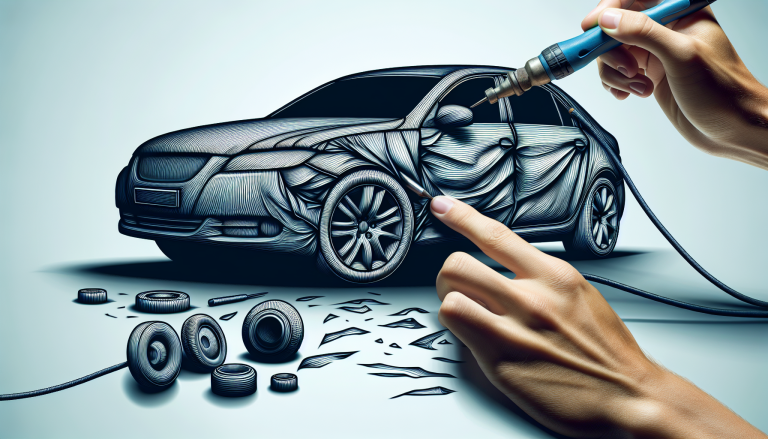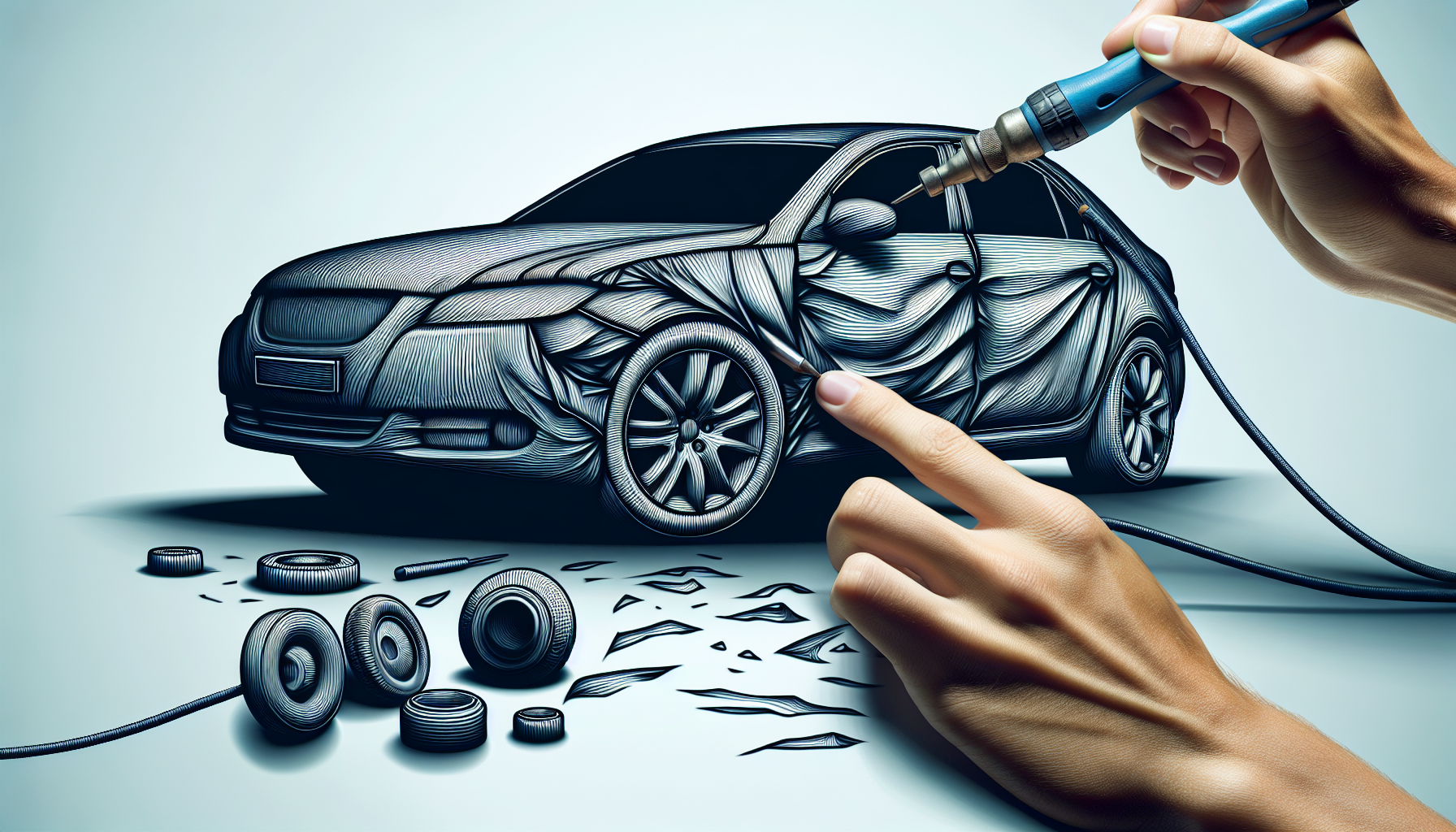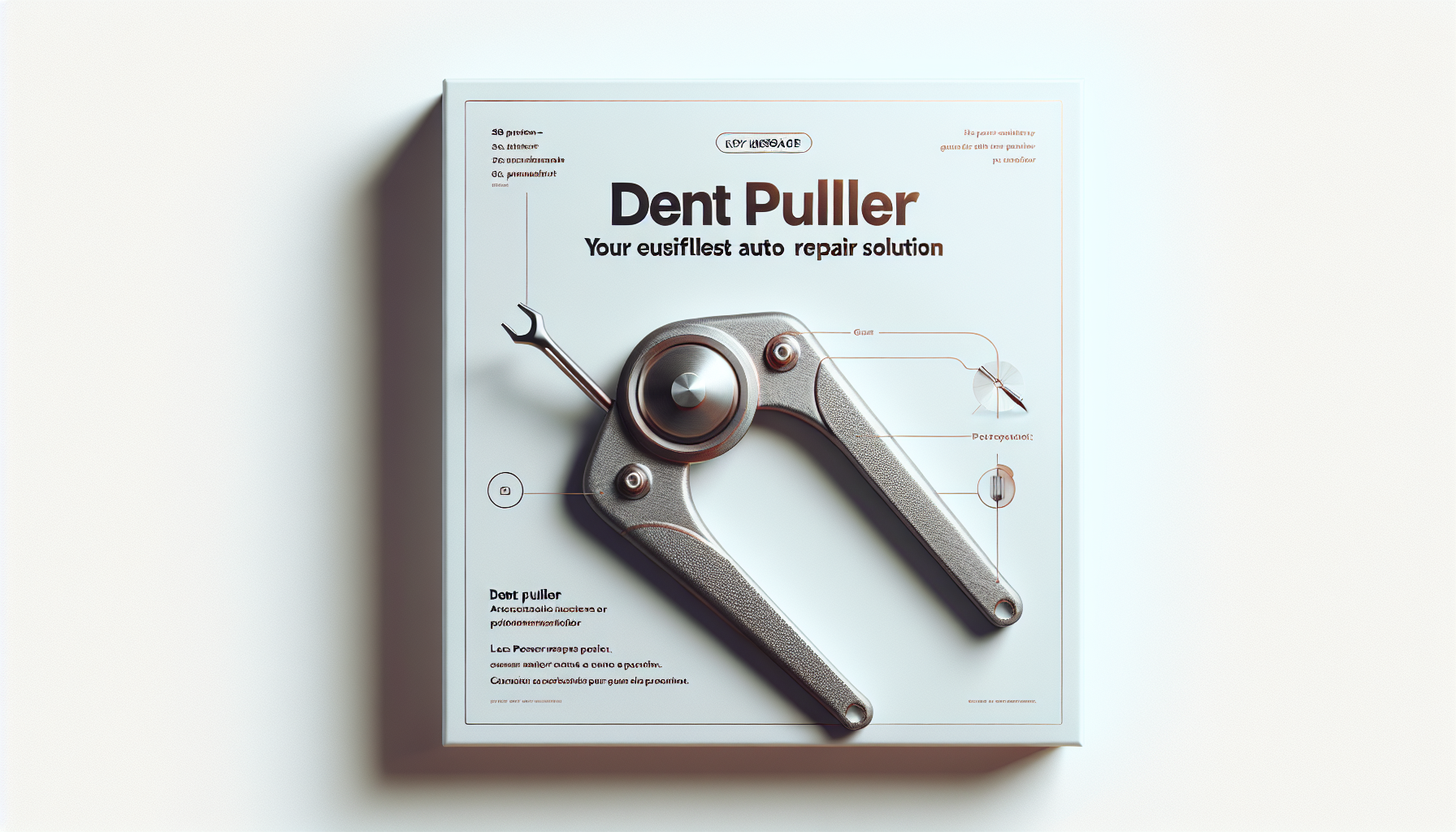Mastering the Art of Paintless Dent Repair: A Step-by-Step Guide
Dent repair can be a daunting task, but with the right techniques and a little know-how, even the most stubborn automotive dents can be easily fixed. One of the most effective and cost-efficient methods for DIY dent repair is paintless dent repair (PDR). This innovative approach allows you to restore the original shape of your vehicle’s panels without the need for expensive body shop visits or paint touch-ups.
Understanding Paintless Dent Repair
Paintless dent repair is a highly specialized technique that utilizes a variety of specialized tools to gently massage the dent from the inside of the panel, gradually restoring the original shape. This method is perfect for minor to medium-sized dents, as it leaves the factory paint intact, making it an ideal solution for maintaining the value and appearance of your vehicle.
Gathering the Necessary Tools

Before you begin your DIY paintless dent repair, it’s essential to have the right tools on hand. While the initial investment may seem daunting, these tools will become invaluable assets in your automotive repair arsenal. Some of the essential tools you’ll need include:
– Dent repair rods: These specialized tools come in a variety of shapes and sizes, allowing you to access and manipulate the dent from the backside of the panel.
– Dent repair hammers: Lightweight, precision hammers designed to gently tap the dent back into place.
– Reflector boards: These tools help you visualize the progress of your repair and ensure you’re targeting the right areas.
– Glue tabs: These adhesive tabs are used to hold the dent in place while you work on it.
Preparing the Dent for Repair
The first step in your DIY paintless dent repair journey is to thoroughly inspect the dent and determine the best approach. Ensure that the dent is not accompanied by any cracks or paint damage, as these would require additional repairs that are beyond the scope of a simple PDR.
Next, clean the area around the dent thoroughly, removing any dirt, debris, or contaminants that could interfere with the repair process. Use a high-quality degreaser and a microfiber cloth to ensure a clean, smooth surface.
Accessing the Dent from the Inside
Once the area is clean, you’ll need to gain access to the backside of the dent. This may involve removing interior panels, trim, or other components to expose the underside of the panel. Take your time and be gentle during this process to avoid causing any further damage.
Assessing the Dent and Developing a Repair Strategy
With the dent exposed, use your reflector board to closely examine the shape and depth of the damage. This will help you determine the best approach and the specific tools you’ll need to address the issue.
Begin by gently tapping the dent with your dent repair hammer, working from the outside edge towards the center. Observe the progress and make adjustments as needed, ensuring that you’re not creating any additional damage or distortion.
Utilizing Dent Repair Rods and Glue Tabs
For more stubborn dents, you may need to use dent repair rods to access the dent from the inside and gradually massage it back into shape. Start with the largest rod that can fit into the dent and work your way down to smaller, more precise tools as you make progress.
In some cases, you may need to use glue tabs to hold the dent in place while you work on it. Simply apply the tabs to the backside of the panel, then use your dent repair rods to push and pull the dent back into its original shape.
Finalizing the Repair
As you work on the dent, continuously monitor your progress and make adjustments as needed. Remember, patience and a gentle touch are key to achieving a successful paintless dent repair.
Once you’re satisfied with the results, clean the area again to remove any residue or contaminants. Finally, inspect the repaired area to ensure that the panel has been restored to its original shape and the factory paint remains intact.
Difficulty Level and Recommended Dent Types
Paintless dent repair is generally considered a moderate to advanced DIY repair technique. While it can be learned and mastered with practice, it does require a certain level of skill and patience. The method is best suited for small to medium-sized dents, typically those caused by hail, minor collisions, or door dings.
For more severe dents, extensive damage, or any issues that involve cracked or chipped paint, it’s recommended to seek the assistance of a professional auto body repair shop. These types of repairs may require additional treatments, such as body filler, sanding, and repainting, which are beyond the scope of a DIY paintless dent repair.
Remember, the key to successful paintless dent repair is to take your time, work gently, and continuously assess your progress. With the right tools and a bit of practice, you can achieve professional-grade results and save yourself the hassle and expense of traditional body shop repairs.




